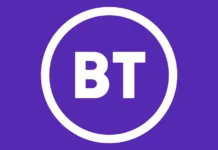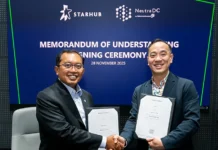The Alliance for Telecommunications Industry Solutions (ATIS), a leading technology and solutions development organization for the information and communications technology industry has signed a Memorandum of Understanding (MOU) with┬Ā Linux Foundation, host of Linux Foundation Networking (LFN) and other open RAN software projects. The strategic agreement of ATIS, Linux Foundation partner┬Āshowcases the organisations’ commitment to enhance cooperation and accelerate progress toward open, intelligent, and sustainable next-generation network architectures, including 5G and 6G.┬Ā
The MOU of ATIS, Linux Foundation partner, provides a non-binding framework for cooperation that leverages the complementary capabilities of both communities ŌĆō LFN’s open source community and ATIS’s standards leadership. ATIS and LFN together will endeavor to harmonise industry activity, uncover gaps, and drive alignment on key priorities across the telecom landscape.
ŌĆ£ATIS creates forward-looking solutions that anticipate the ICT industryŌĆÖs evolving priorities,ŌĆØ said Susan Miller, president and CEO of ATIS. ŌĆ£By aligning with LFN, we are combining the strengths of open standards and open source to accelerate deployment of secure, sustainable and intelligent next-generation networks.ŌĆØ
“The Linux Foundation and its associated projects across LF Networking and beyond are committed to building a globally interoperable, open ecosystem that enables innovation across the entire networking stack ŌĆō from RAN to Core to Edge,” said Arpit Joshipura, general manager, Networking, Edge and IoT at the Linux Foundation. “This collaboration with ATIS enables us to bring the best of open source and standards together to advance 5G/6G, promote secure development practices, and engage a broader ecosystem.”
Key areas of collaboration include:┬Ā
- Joint Training and Education on how open source and standards can collaborate to facilitate quick innovation.
- Information Sharing around technical specifications, best practices, and secure development tools for open network components.
- Co-hosted Workshops and Technical Sessions to foster community engagement and knowledge exchange.
- Joint Marketing and Communications efforts to align messaging and reach a wider operator and vendor audience.┬Ā




















